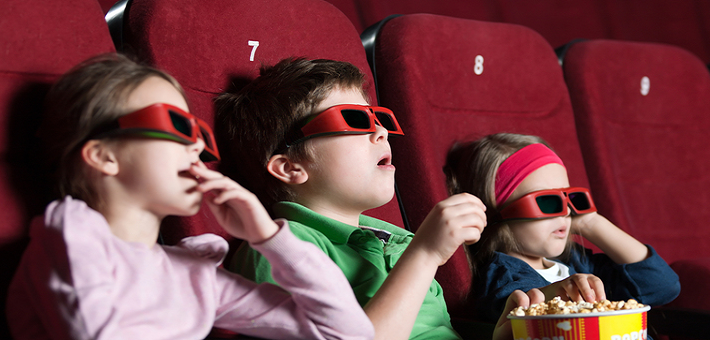
Only a Fairytale? Disney Movies Portray High Levels of Prosocial Behavior
Scientists agree that prosocial media have a positive influence on the behavior of young kids. But how exactly is prosocial behavior portrayed in animated Disney movies, which are immensely popular among young kids? This study in Journal of Communication reveals the facts and figures.
Take aways
- Animated Disney movies contain higher levels of prosocial behavior than most television programs.
- Characters in Disney movies are more likely to help those similar to them.
- Furthermore, attractive characters and friends are more likely to receive help.
Study information
The question?
How often and in what way does prosocial behavior occur in animated Disney movies?
Who?
A total of 61 Walt Disney-animated films, which were produced by the year of 2011, were viewed. The movies were all animated and released in the cinema.
Where?
United States
How?
All 61 animated Disney movies were coded for frequency of both verbal and physical types of prosocial behavior (i.e., any voluntary act intended to help another person), characteristics of the initiator and target of the prosocial behavior (e.g., gender, age, socio-economic class, attractiveness), relationship between initiator and target of the prosocial behavior (e.g., friend, family, and stranger), and the context in which the prosocial act occurred (e.g., containing verbal or physical aggression and the targets’ need of help).
Facts and findings
Frequency of Prosocial Behavior in Disney Movies:
- Disney movies contained more prosocial behavior compared to television programs.
- Specifically, the level of prosocial behavior in Disney movies was seven times higher than in television programs.
- On average, Disney films contained one act of prosocial behavior per minute.
Characteristics of the Initiator and Target of the Prosocial Behavior:
- The characters in Disney movies helped those who were comparable to themselves in terms of age, attractiveness, and socio-economic class.
- The researchers found no differences for male and female characters. However, male characters tended to help female characters and females were more likely to help males.
- Men were more likely to display public motivation (i.e., pursuing the approval from others) as the primary motivation for their prosocial behavior than women.
- On average, attractive characters were more likely to receive help than unattractive characters.
- Characters in Disney movies were more likely to help friends than strangers.
Context in Which the Prosocial Behavior Occurs:
- Most prosocial acts portrayed in Disney movies did not cost much (e.g., picking a flower for someone).
- Most Disney’ characters received neither a reward nor punishment for their prosocial act.